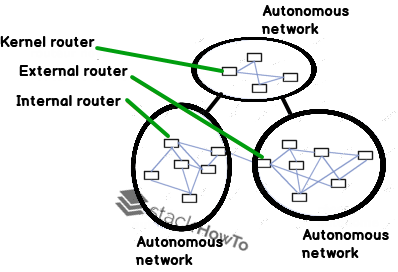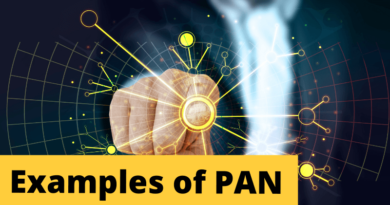Routing Protocol
In this tutorial, we are going to see What is Routing Protocol. The Internet is a set of connected networks. As a result, not all routers do the same job depending on the type of network they are on.

In fact, there are different levels of routers, so they work with different protocols:
- The kernel routers are the main routers because they are the ones that link the different networks
- The external routers allow a connection of the autonomous networks between them. They work with a protocol called EGP (Exterior Gateway Protocol) which is gradually evolving while keeping the same name
- The internal routers allow the routing of information inside an autonomous network. They change information through protocols called IGP (Interior Gateway Protocol), such as RIP and OSPF
RIP protocol:
RIP stands for Routing Information Protocol. It is a Vector Distance protocol, which means that each router communicates to the other routers the distance between them (the number of hops between them). Thus, when a router receives one of these messages, it increments this distance by 1 and communicates the message to the routers directly accessible. The routers can thus keep the optimal route of a message by storing the address of the next router in the routing table so that the number of hops to reach a network is minimal. However, this protocol only considers the distance between two machines in terms of hops, but it does not consider the link state in order to choose the best possible bandwidth.
OSPF protocol:
OSPF (Open Shortest Path First) is more efficient than RIP and is therefore starting to replace it little by little. It is a route-link protocol, which means that, unlike RIP, this protocol does not send to adjacent routers the number of hops that separate them, but the state of the link that separates them. In this way, each router is able to map the state of the network and can therefore choose the most appropriate route for a given message at any time.
In addition, this protocol avoids the need for intermediate routers to increment the number of hops, which results in much less information, allowing for better useful bandwidth than with RIP.





